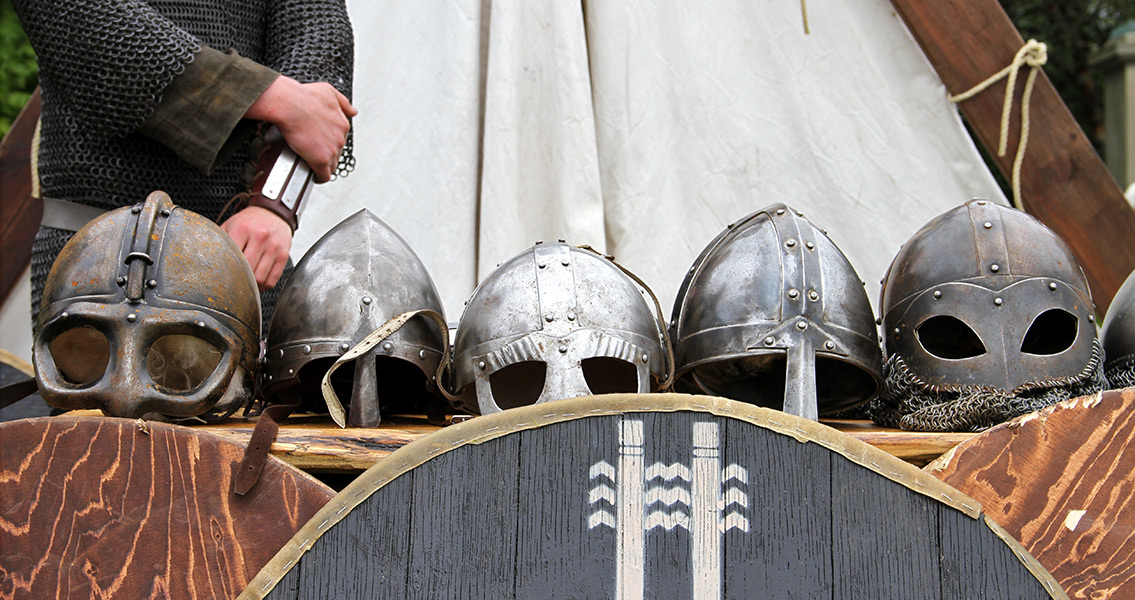<![CDATA[An ancient hut dating from the Viking era has been uncovered by researchers in the heart of Reykjavik, Iceland’s capital. Archaeologists conducting excavations on Lækjargata, a main road in the center of the city, were originally on the search for a farm cottage dating to the turn of the eighteenth century. However, instead of discovering the foundations of the 1799 farmhouse, the remains of a Viking dwelling, known as a longhouse, dating back to the eighth century were discovered instead. The 20 meter longhouse is around 5.5 meters wide and boasts a central feature known as a “long fire” that could be the largest ever discovered on the island. The long fire, according to early measurements, could have been at least 5 meters long on its own. In an interview published in the Iceland Monitor, Þorsteinn Bergsson remarked that the find was surprising for everyone involved with the dig. Bergsson, the managing director for the independent building preservation organization Mijnavernd, remarked that the discovery “rewrites the history” of Iceland’s capital. There’s no possible way to identify who might have inhabited the longhouse, according to Icelandic Institute of Archaeology researcher Lísabet Guðmundsdóttir. The archaeologist stated that the only records related to the spot are limited to the 1799 farmhouse, with no other indications that the meadow the cottage was built on had any traces of earlier construction. So far, a handful of artifacts have been discovered within the longhouse and in close proximity, including a pearl, a silver ring, and the remains of tools used for weaving. With the excavation still ongoing, there’s not enough data to pinpoint an exact date for the longhouse’s construction, but the era of initial settlement of Iceland is typically thought to have been between 870 through 930 CE. The sheer size of the longhouse, and its long fire, could indicate that its occupants were people of importance; only the most powerful and influential of families could afford to construct and maintain such a massive structure. Longhouses, which were often adorned with rugs and tapestries to help keep the chill out of the interior, were centers of activity for a family during the Viking Age. They usually served as a barn for domesticated livestock as well as shelter from the elements for settlers; the interior of the typical longhouse was often smoke-filled, as it was common to not have a chimney or any other hole in the roof for the ash and soot from the long fire to escape. The region surrounding Reykjavik was used primarily for farmland at the time of the founding of settlements on the island, and continued to be so for hundreds of years; it wasn’t until the eighteenth century that urbanization began, centered largely on the wool trade. The city was officially founded in 1786 after the Danish Crown provided the community with an exclusive trading charter. Image courtesy of Wikimedia Commons user: Helgi Halldórsson]]>
Ancient Viking Hut Uncovered in Iceland’s Capital
